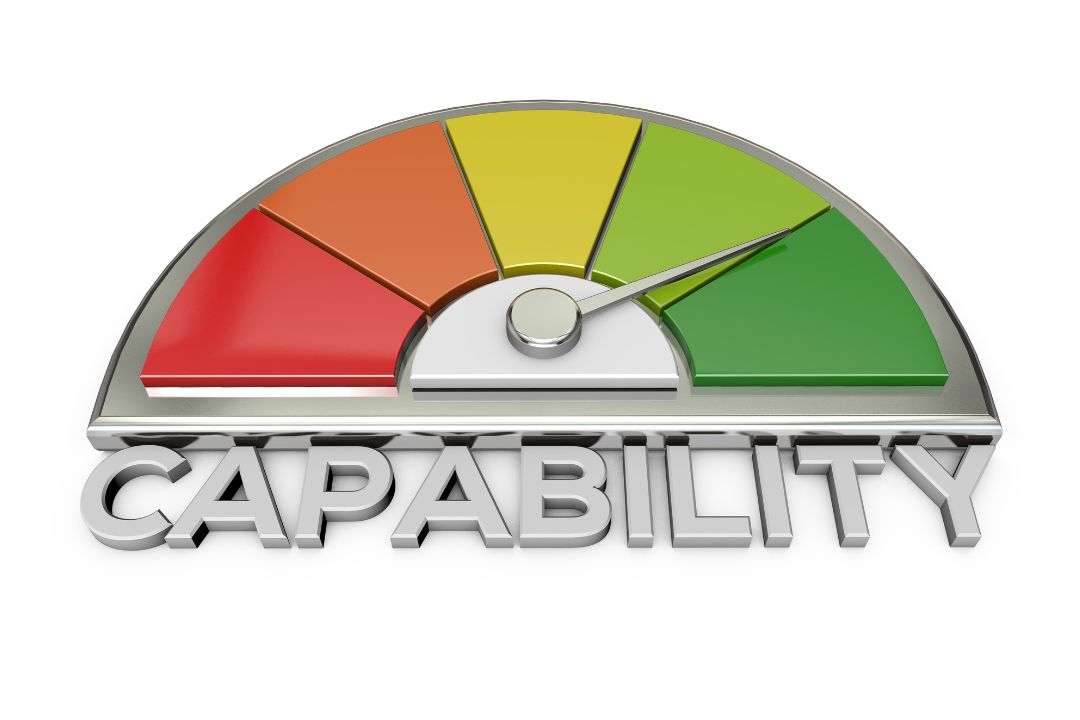 How important is capability in bringing a not-for-profit organisation’s Vision and Purpose to life?
How important is capability in bringing a not-for-profit organisation’s Vision and Purpose to life?
How does an organisation move beyond potentially humble, grassroots beginnings, to being an entity that has lofty aspirations?
What are the stumbling blocks and obstacles to building capability? And how can they be overcome?
Before we delve into answering these questions I think it is worth exploring capability versus capacity, as they are two terms that I find get bandied about a lot these days (especially ‘capacity’) and they are often used (erroneously) interchangeably…
Capability versus capacity
In simple terms, our capability – either personally or organisationally – is the extent to which our knowledge, skills, and experience determine whether we have the ability to do something or not.
Whereas, capacity on the other hand, is about the availability of sufficient resources – think time, money, people, even our energy – that will determine, from a purely practical point of view, whether we are able to do something.
I often hear the term ‘capacity building’ used when, in reality, I think people are actually meaning ‘capability building’ i.e. building the skills and knowledge of individuals or organisations so they are better equipped to deal with the things for which they are responsible. Whereas, if we were truly building capacity, we would be giving people and organisations more time, more money, and more of the other resources they need to enable them to deliver more outputs.
Capability is critical
So given the above definition of capability…how important is capability in bringing a not-for-profit organisation’s Vision and Purpose to life?
I would argue that it is actually very important!
If you think of the Vision and the Purpose as the ‘Prize’…i.e. the big-picture things you are striving to achieve or deliver…having the skills, knowledge and experience to enable you to effectively and strategically work towards that Vision and that Purpose is going to be fairly key to your achieving and delivering on them.
You can have all the time, money, and personnel, in the world, but if you don’t know how to deploy them effectively, they won’t help you achieve your Vision and your Purpose.
Keeping your eyes on the Prize
Constantly keeping your Vision and your Purpose front of mind and at the heart of everything you do as an organisation, will ensure you stay focused on reaching that ‘Prize’, and that you don’t allow your organisation to be distracted and to stray off track.
Good strategic capability is vital to doing this – having good solid strategic skills, knowledge, and experience around the board table, will ensure you and your organisation keep returning to the Vision and the Purpose as the compass to guide the priorities, decisions, and actions of your organisation.
Levelling up from humble beginnings
How does an organisation move beyond potentially humble, grassroots beginnings, to being an entity that has lofty aspirations?
That’s not to say that some grassroots groups don’t start off with lofty aspirations – some of them certainly do!
But many of them don’t, and at some point down the track, they find they need to either undertake comprehensive training and development to build their internal strategic capability, or they need to bring in external specialists to help them work on these important areas, such as defining their organisational Vision and Purpose.
And for those that do start off with lofty aspirations already, it may in fact be the capacity (i.e. the resources) they need to build to be able to level up.
Challenges and solutions
What are the stumbling blocks and obstacles to building capability? And how can they be overcome?
The three biggest obstacles I see that impact on organisations being able to build their internal capability are these – funds, time, priority.
As we well know, funds are tight for many not-for-profits, and this might be perceived as a barrier to being able to invest in capability-building supports. But I would argue that for any organisation that wants to do capability-building work, there is a grant out there that you could apply for to cover the costs.
Time can also be a challenge – especially for the vast majority of not-for-profit board members who are volunteers, and for whom their board work is often seen as giving back, or as a community service.
I think a potential solution to this challenge can be ensuring we are really clear when recruit for new board members about the reality of the time commitment that is involved. We all know it is never just a case of only having to attend monthly board meetings – there are always other things we need to participate in, between meetings. And if people understand from the outset that this is all part of the package they are signing up for, I find that does make a difference down the track.
And finally, when I say ‘priority’ can be an obstacle, I am referring to situations where board members may feel that building capability is not so important when compared with the delivery of ‘core business’. Of course the oversight of effective delivery of core business is important, but I would argue that embracing and delivering on a continuous improvement mindset (and that includes continuously building capability) is ‘core business’ for a board.
If you are interested in building your board’s governance capability, check out my three-stage Good Governance for Not-for-profit Boards program here, and do get in touch with me on megan@mjbconsulting.net.au or 0421 525 048 to talk more about it – I’d love to help you level up your organisation’s capability.
And if you’d like to receive my fortnightly Good Governance E-newsletter, with all its tips, information, and news of upcoming events, just let me know.
I hope to hear from you soon!

Recent Comments